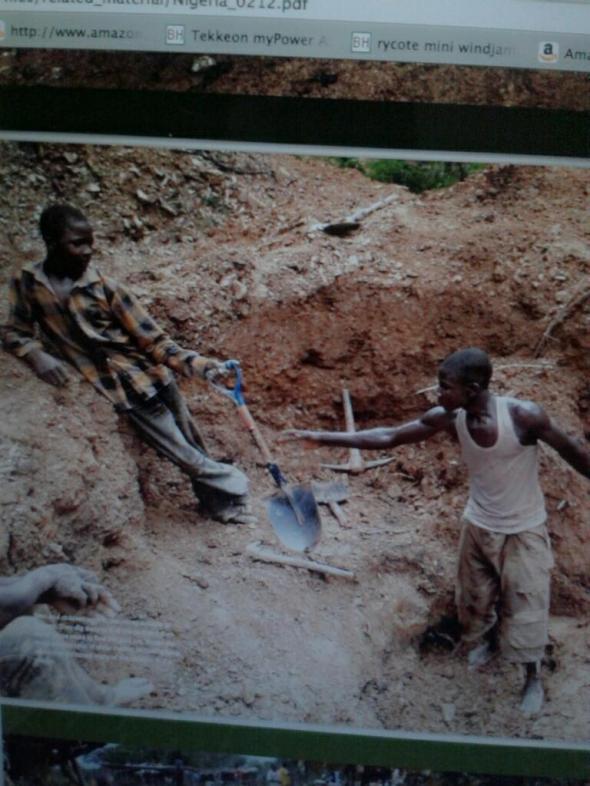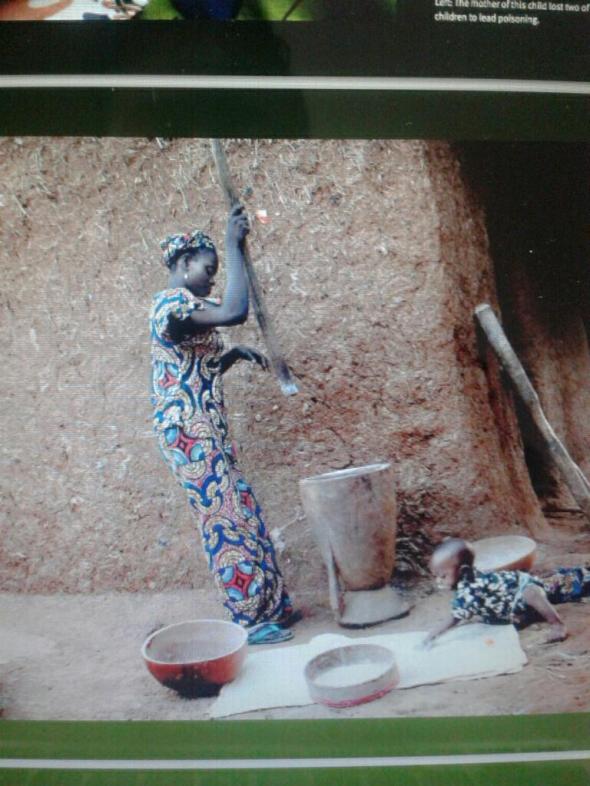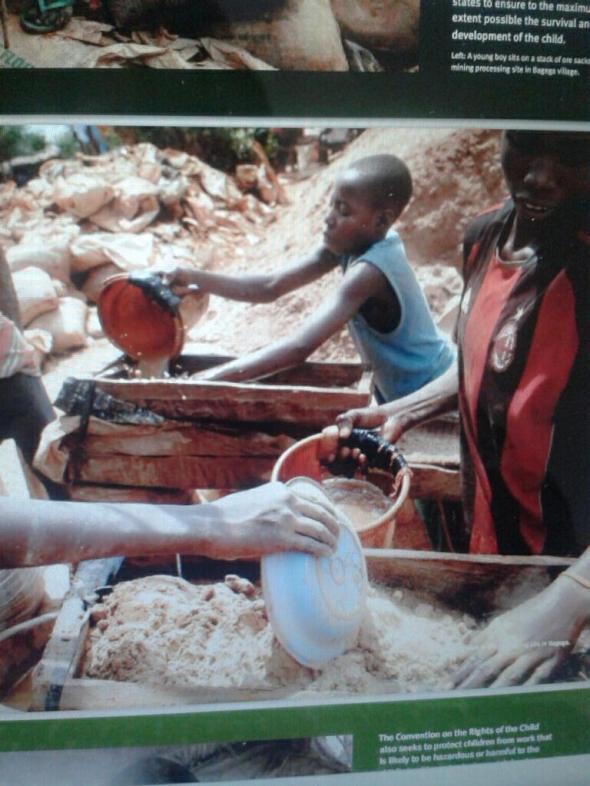Its been sometime since the news of children dying from lead poisoning in Bagega filled the air waves..the media chewed the authorities, the artisans and even the victims depending on the angle the reporter took. Bagega a community obscure to even people in Nigeria became a centre of national and international concern.
June 2010, a routine immunization led to health officials discovering what became a threat to the lives of several hundred thousand people.

June 2010, a routine immunization led to health officials discovering what became a threat to the lives of several hundred thousand people.

Promises were made; the government, the artisans even aid providers. Parents dug the shallow graves and the tiny bodies of their children were laid down…the lead had been ingested through hand-to-mouth contamination when villagers took crushed rocks home for extraction..some even used the utensils from their kitchens…


Zamfara is a mineral-rich state with significant gold deposits and the resulting lead poinsoning was atributed to artisanal minning.
The over 160 children who met their death had been digging for gold and were thought to have contracted malaria. Some research then revealed what health officiala feared; it was lead poisoning.
The Blacksmith Institute was called in to assist in removing the toxic lead. Lead is a naturally occuring heavy metal; it was the unhealth practises that exposed adults and children to the dangers of the metal.
The government had blamed artisans for failing to obey laid down laws…but the question asked is were the artisans aware of laws governing minning if any? Was there regulation? Who was responsible for it?

The Blacksmith Institute was called in to assist in removing the toxic lead. Lead is a naturally occuring heavy metal; it was the unhealth practises that exposed adults and children to the dangers of the metal.
The government had blamed artisans for failing to obey laid down laws…but the question asked is were the artisans aware of laws governing minning if any? Was there regulation? Who was responsible for it?

As part of their efforts to stop the epidemic, government then attacked illegal mining and a clean-up of the area. Treatment camps were established to deal with the crisis and this resulted in some survivors.
Years after, it is not clear what the fate of the local minners became, Young men and women became part of the growing unemployment statistic.
A human rights watch publication pointed out that cooperation between Nigeria’s government and international partners was expected to: implement safer minning practises; conduct envirinmental remediation and test and treat children.
The sites of the tiny graves and the silence around the once busy minning community is a constant reminder of the death and mayhem they went through.
As recent as April this year (2014) research by the lead poisoning
prevention program at the centre for disease control reveals that, children are no longer dying of lead poisoning.
Years after, it is not clear what the fate of the local minners became, Young men and women became part of the growing unemployment statistic.
A human rights watch publication pointed out that cooperation between Nigeria’s government and international partners was expected to: implement safer minning practises; conduct envirinmental remediation and test and treat children.
The sites of the tiny graves and the silence around the once busy minning community is a constant reminder of the death and mayhem they went through.
As recent as April this year (2014) research by the lead poisoning
prevention program at the centre for disease control reveals that, children are no longer dying of lead poisoning.
No comments:
Post a Comment